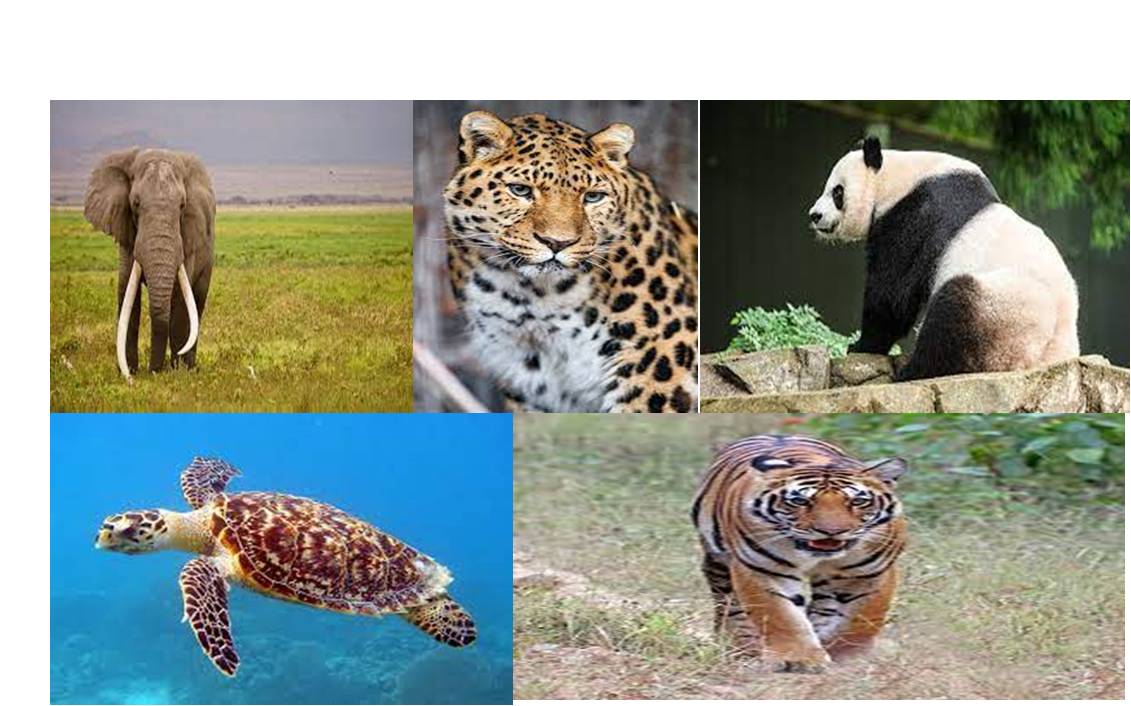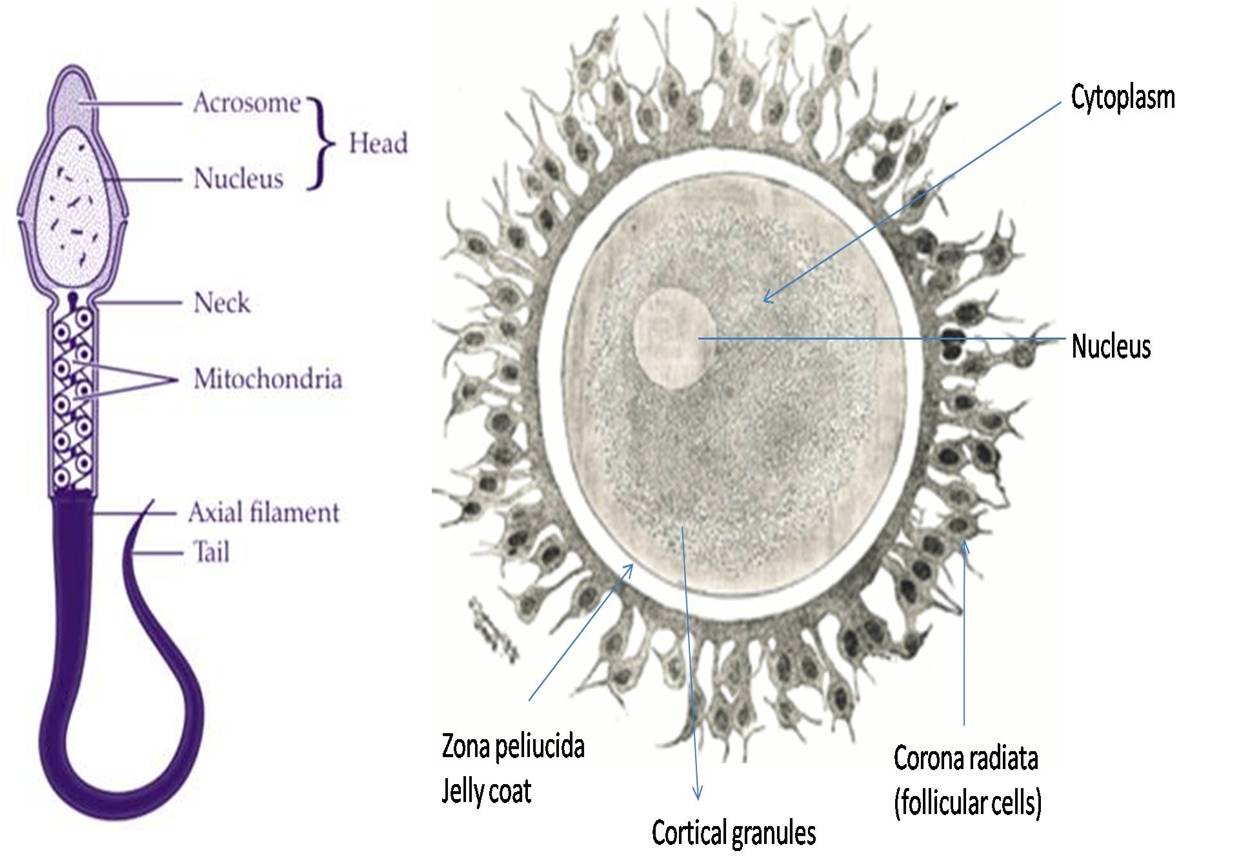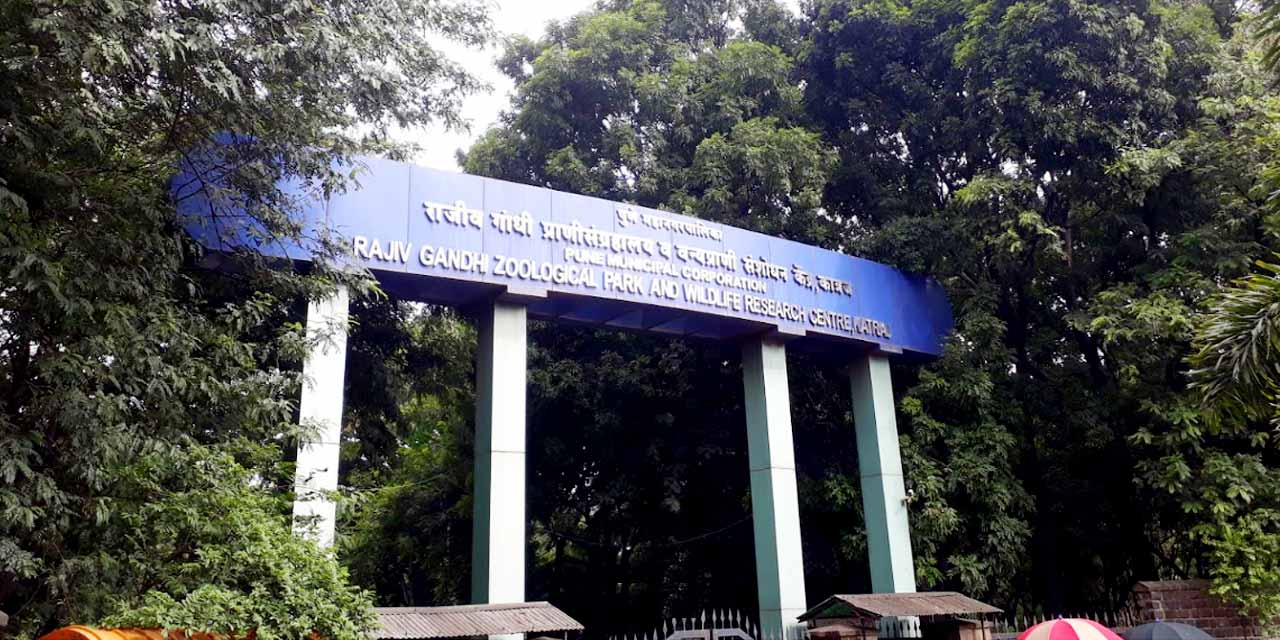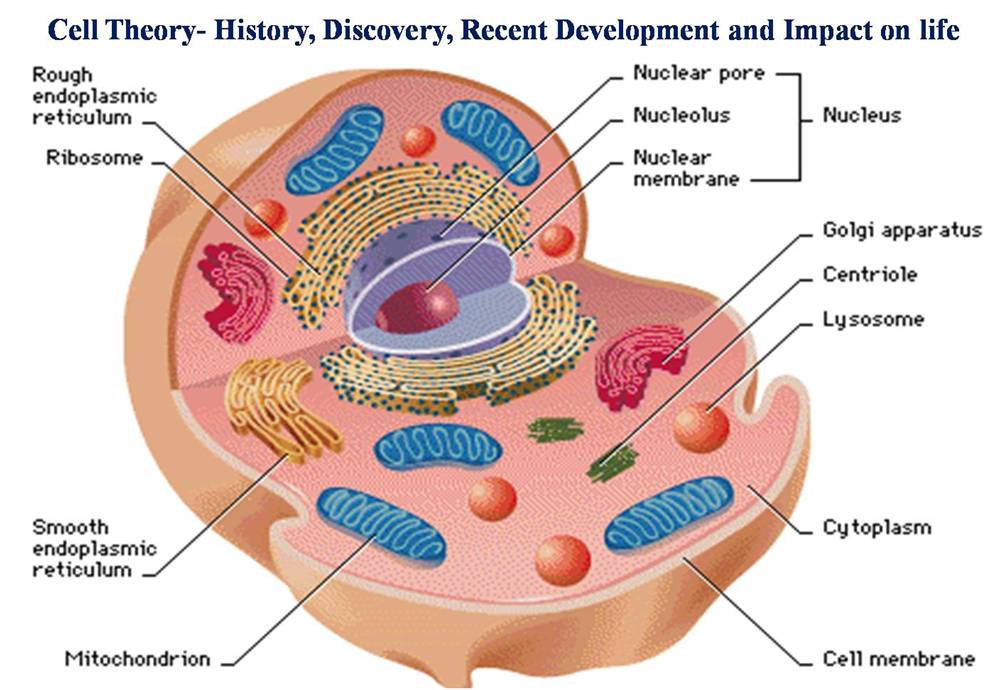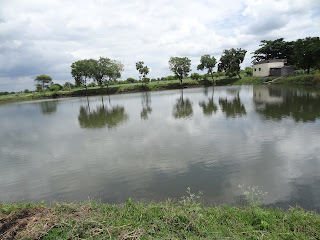Fisheries Development in India: With over 8% of the world’s total fish production, India is the second-largest producer. India’s fishing industry has seen tremendous expansion and change during the last 20 years. India’s position in the world’s fisheries and aquaculture has been strengthened by significant events that have occurred between 2004 and 2024, including regulatory changes and technological breakthroughs. In the Union Budget 2025–2026, the fisheries sector was given the largest yearly budgetary support of Rs. 2,703.67 crores. This demonstrates India’s success as a global leader in seafood exports and aquaculture!
Fisheries Development in India
1. Production and Global Standing:
India is the second-largest fish producing country globally, with approximately 8% share in global fish production. Fish production has seen substantial growth, reaching 184.02 lakh tons in 2023-24, a significant increase from previous years. Inland fisheries dominate production, accounting for a larger share compared to marine fisheries. This growth is largely attributed to promotional and developmental initiatives. Seafood exports reached a record 17,81,602 metric tons worth ₹60,523.89 crore (approximately USD 7.38 billion) in FY 2023-24, highlighting the sector’s global significance.
Enhancing financial inclusion, lessening the financial burden on farmers through lower customs taxes, and promoting the growth of marine fisheries are the strategic priorities of the 2025–2026 budget release.
The Budget 2025–2026 also emphasizes the establishment of a framework for the sustainable exploitation of fisheries in the High Seas and Exclusive Economic Zone (EEZ), with a particular emphasis on the Lakshadweep and A&N Islands. This would guarantee that the unrealized potential of the marine fish resources in the Indian EEZ and nearby High Seas is sustainably harnessed for the expansion of the marine industry.
Production Growth in Fishereis: Fish production increased to an impressive 184.02 lakh tons (2023-24) from 95.79 lakh tons (2013-14) and 63.99 lakh tons (2003-04) registering an increase of 88.23 lakh tons in 10 years (2014-24) as compared to an increase of 31.80 lakh tons (2004-14).
Increase in Inland and Aquaculture Fish Production: A tremendous increase of 77.71 lakh tons was achieved in Inland and Aquaculture fish production from 2014-24 as against the 26.78 lakh tons achieved from 2004-14.The marine fish production doubled to 10.52 lakh tons (2004-14) from 5.02 lakh tons (2014-24).
As reported by Marine Products Export Development Authority (MPEDA), during the financial year 2023-24, India exported 17,81,602 MT of Seafood worth ₹ 60,523.89 Cr. The export value has witnessed a significant jump from 609.95 Cr in 2003-04.
2. Economic Contribution and Livelihoods:
- The fisheries sector contributes about 1.03% to India’s Gross Value Added (GVA) and over 5% to the agricultural GVA.
- It provides livelihood and employment opportunities to over 3 crore fishers and fish farmers at the primary level, and several lakhs more along the value chain.
3. Government Initiatives and Policies:
The Indian government has shown strong commitment to the sector, creating a separate Department of Fisheries in 2019 and a new Ministry of Fisheries, Animal Husbandry and Dairying in June 2019.
1. Fish Farmers Producer Organisations (FFPOs)
Under the ongoing PMMSY, there is a provision to provide financial assistance for setting up of Fish Farmers Producer Organisations (FFPOs) to economically empower the fishers and fish farmers and enhance their bargaining power which ultimately help to improve the standard of living of fishers.
The Department of Fisheries has so far accorded approval for setting up of a total of 2195 FFPOs at a total project cost of Rs.544.85 crore comprising 2000 fisheries cooperative as FFPOs and 195 new FFPOs. Further, to facilitate access to institutional credit by fishers and fish farmers, Kisan Credit Card facility has been extended to fisheries since 2018-19 and till date 4,50,799 KCC card have been sanctioned to fishers and fish farmers.
- Fisheries and Aquaculture Infrastructure Development Fund (FIDF)
In the Union Budget 2018, the Hon’ble Finance Minister announced setting up of a Fisheries and Aquaculture Infrastructure Development Fund (FIDF) for fisheries sector. Accordingly, during 2018-19, a dedicated fund, FIDF was created with a total funds size of Rs 7522.48 crore.
The Department of Fisheries, has approved a total 136 project proposals/projects at a total cost of Rs.5801.06 crore with project cost restricted for interest subvention at Rs.3858.19 crore received from various State Governments/UTs and other eligible entities. Extension of FIDF will further intensify development of various fisheries infrastructures.
- Pradhan Mantri Matsya Kisan Samridhi Sah-Yojana
The Union Cabinet approved the Pradhan Mantri Matsya Kisan Samridhi Sah-Yojana (PMMKSSY), a Central Sector Sub-scheme under the Pradhan Mantri Matsya Sampada Yojana (PMMSY) in February 2024 for a period of four years from FY 2023-24 to FY 2026-27. PM-MKSSY will be implemented in all the States and Union Territories with an estimated outlay of ₹6000 crore. PM-MKSSY intends to address the inherent weaknesses of the sector through identified financial and technological intervention for bringing in institutional reforms to support the transformation of the fisheries sector in the Long-term.
4. Integrated Aqua Parks Under PMMSY
4. The Department of Fisheries in India has been actively promoting the development of integrated aquaparks to boost the fisheries sector. These aquaparks are part of the Pradhan Mantri Matsya Sampada Yojana (PMMSY) and aim to enhance the aquaculture value chain through various initiatives. The Department has accorded approval for setting up of a total 11 integrated aquaparks in the country at a total cost of Rs 682.6 crore.
- Artificial Reefs Deployed Under PMMSY
Artificial reefs are man-made structures placed on the seafloor to enhance marine habitats and ecosystems. These structures mimic natural reefs and provide shelter, food sources, and breeding grounds for various marine organisms. In India, the Department of Fisheries has been actively promoting the installation of artificial reefs across coastal states to support sustainable marine fisheries conservation efforts. These initiatives aim to rejuvenate coastal fisheries, rebuild fish stocks, and enhance marine biodiversity. The Department of Fisheries, with technical support from the Fishery Survey of India (FSI) and ICAR-Central Marine Fisheries Research Institute (CMFRI), is committed to promoting sustainable practices and improving the livelihoods of coastal communities through these projects. As on Sep 2024, installation of 937 artificial reefs have been approved at a project cost of Rs. 291.37 crore in the states/UTs of AP, Gujarat, Lakshadweep, Karnataka, Odisha, Maharashtra, Goa, Kerala, Puducherry, Tamil Nadu, and West Bengal.
- Designated NBCs Under PMMSY
The Department of Fisheries in India has designated specific Nucleus Breeding Centres (NBCs) to enhance the genetic quality of aquaculture species. These NBCs play a crucial role in improving the productivity and quality of species like shrimp, which are vital for both domestic consumption and export.

